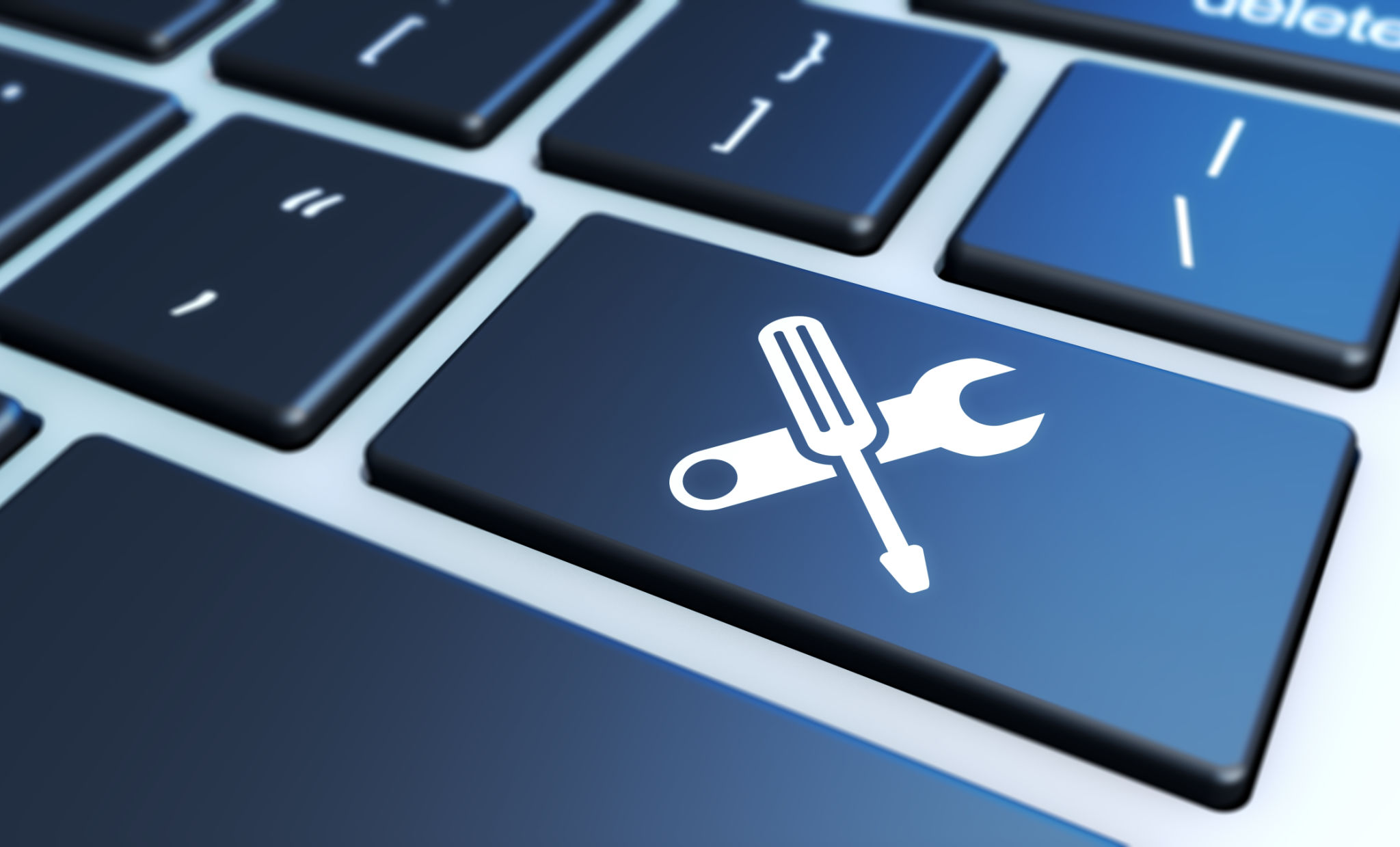DIY Computer Repair: Common Issues and Solutions at Home
Introduction to DIY Computer Repair
In today's digital age, computers are essential tools for both personal and professional use. However, like any other technology, they can sometimes break down or encounter issues. While professional repair services are available, many common computer problems can be solved at home with a little know-how. This guide will walk you through some typical issues and their DIY solutions.

Troubleshooting Hardware Issues
One of the most common hardware issues is a computer that won’t turn on. This can often be traced back to power supply problems. Before panicking, ensure that all cables are securely connected and that the power outlet is functioning. Try using a different power cable or outlet if necessary.
Another frequent hardware problem is overheating. Over time, dust and debris can accumulate inside your computer, blocking ventilation and causing it to overheat. Regular cleaning can prevent this issue. Use a can of compressed air to gently remove dust from fans and vents.

Dealing with Software Glitches
Software glitches are another common issue. These can range from slow system performance to software crashes. One of the first steps in addressing software problems is to ensure that your operating system and all applications are up-to-date. Updates often contain patches for bugs and security vulnerabilities.
If your computer is running slowly, consider checking for malware or viruses. Using a reputable antivirus program, run a full system scan to detect and remove any malicious software that may be affecting performance.
Addressing Connectivity Problems
Internet connectivity issues can be particularly frustrating. If you’re experiencing frequent disconnections or slow speeds, start by restarting your router. This simple step can often resolve minor connectivity glitches. Additionally, ensure that your computer’s wireless adapter is enabled and functioning correctly.

If problems persist, you may need to update your network drivers. Visit the manufacturer’s website to download the latest drivers for your hardware. This can help resolve compatibility issues that might be affecting your connection.
Tackling Peripheral Device Issues
Peripheral devices such as printers, keyboards, and mice can also encounter problems. If a device is not recognized by your computer, check the connection first. For USB devices, try plugging them into a different port.
It’s also worthwhile to ensure that the device drivers are installed correctly. Uninstalling and then reinstalling the drivers can often fix recognition issues.
Conclusion
While some computer issues may require professional attention, many common problems can be addressed at home with a bit of patience and research. By following the steps outlined in this guide, you can save time and money by tackling DIY computer repairs on your own.
